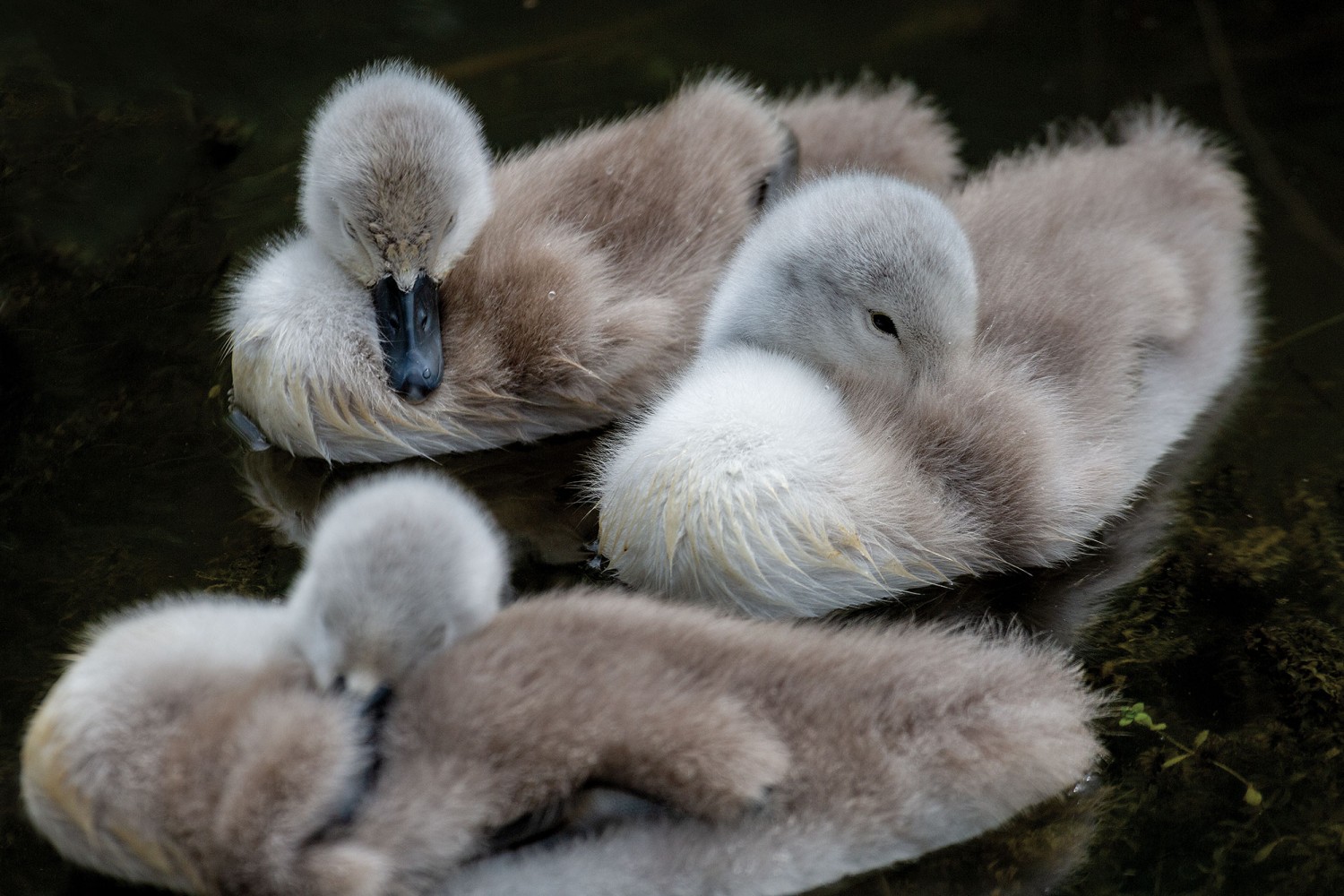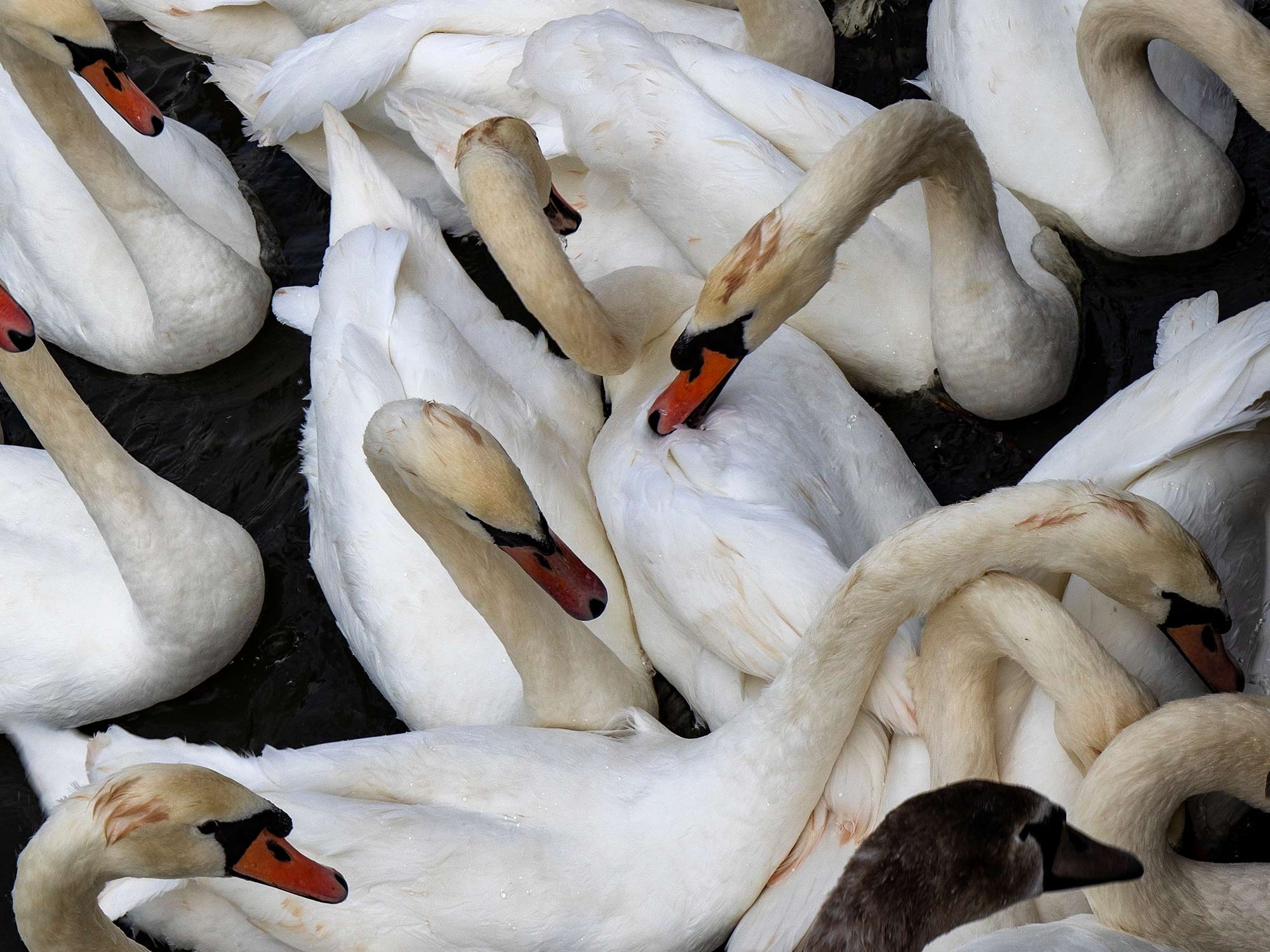
Admiring the ravishing rulers of our rivers
Mighty, magnificent and not to be messed with, mute swans are some of the best-loved birds in Britain. They’re a magical sight on our waterways, and they’re also an important part of our history
During her remarkable seven-decade reign, Queen Elizabeth II has served as an important symbol of national pride, supported the UK and Commonwealth through difficult times, maintained the British monarchy on a global stage, and helped to build a modern Royal Family for the 21st century.
Rather less well known is the fact that Her Majesty has also played a key part in preserving the UK’s mute swan population, an important duty which was handed down to her centuries ago.
With their spectacular white plumage and graceful glide, mute swans are quite possibly the most beautiful breeding birds in the country. Known for their exquisite and elegant appearance, the captivating creatures are the undisputed rulers of our rivers - and it’s no wonder they’ve been associated with royalty for hundreds of years.
From at least the 12th century, swans were regarded as ‘luxury goods’ in Europe and often appeared as the centrepiece at prestigious parties and feasts. Owning the breathtaking birds signalled great worth and nobility, as you had to be incredibly rich to afford them - but by 1483, several laws began restricting the possession of swans to protect them as an exclusive commodity.
The law ordained that to declare official ownership people had to purchase an expensive ‘swan mark’ to nick into the beak of their birds. Any unmarked swans automatically became the property of the Crown, and the penalties for counterfeiting or altering a mark were extremely tough. Only the wealthiest landowners and the monarch could afford to own swans, and these regal birds became a rare delicacy.
Towards the end of the 18th century swan rights were limited to just three groups: the Crown and the Worshipful Companies of Dyers and Vintners - two of the richest and most powerful trade guilds in London.
The Queen still holds ownership over all wild unmarked mute swans in open water, and uses those rights to ensure they’re protected. Every year on the third Monday of July an annual ceremony known as ‘Swan Upping’ takes place on the river Thames.
In this extravagant five-day event, the Queen’s Royal Swan Marker and Swan Uppers board their traditional wooden skiffs and round up all the swans in the area. Accompanied by the Dyers and Vintners, they carefully count, weigh, and check the birds for injuries before returning them to the water. Thanks to this remarkable conservation ceremony, mute swan numbers have been rising in recent years after a long period of decline.
In Norfolk we are blessed with a rich community of wildlife, and the Fens are a wetland oasis for swans and other wetland birds.
“The Mute Swan is one of our country’s most famous birds,” says Bob Morgan, a Reserves Officer at Norfolk Wildlife Trust. “There are about 8,000 breeding pairs in the UK, and you’ll find them almost anywhere there’s a suitable body of water. They’re a familiar sight in Norfolk and can be seen all around the county, especially on the Broads.”
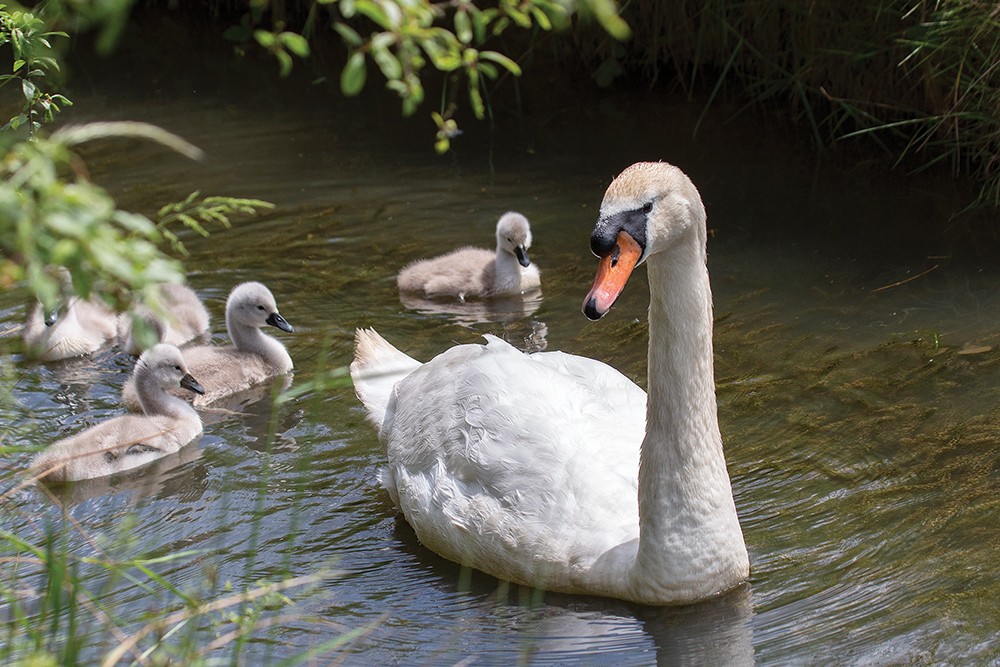
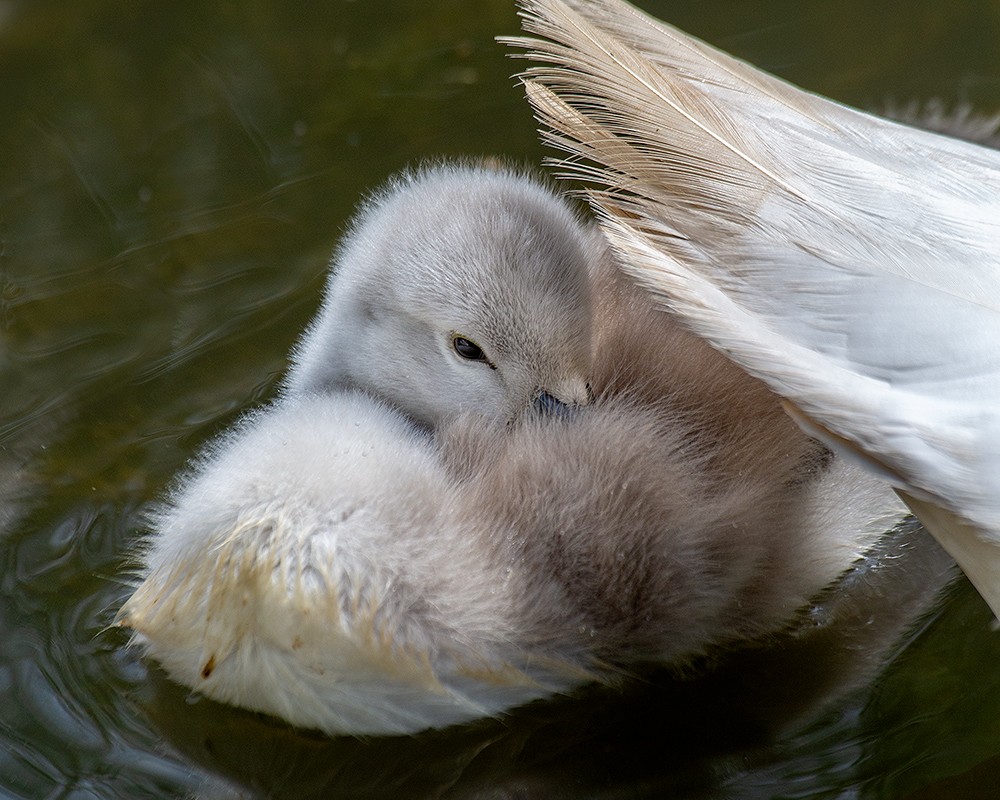
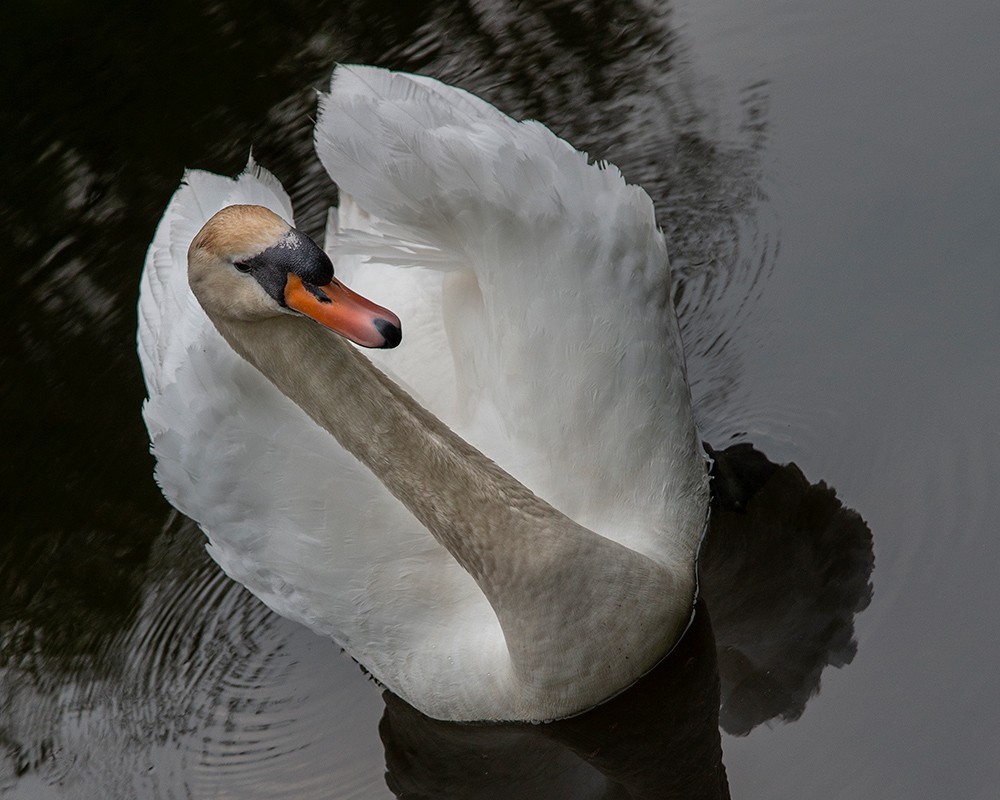
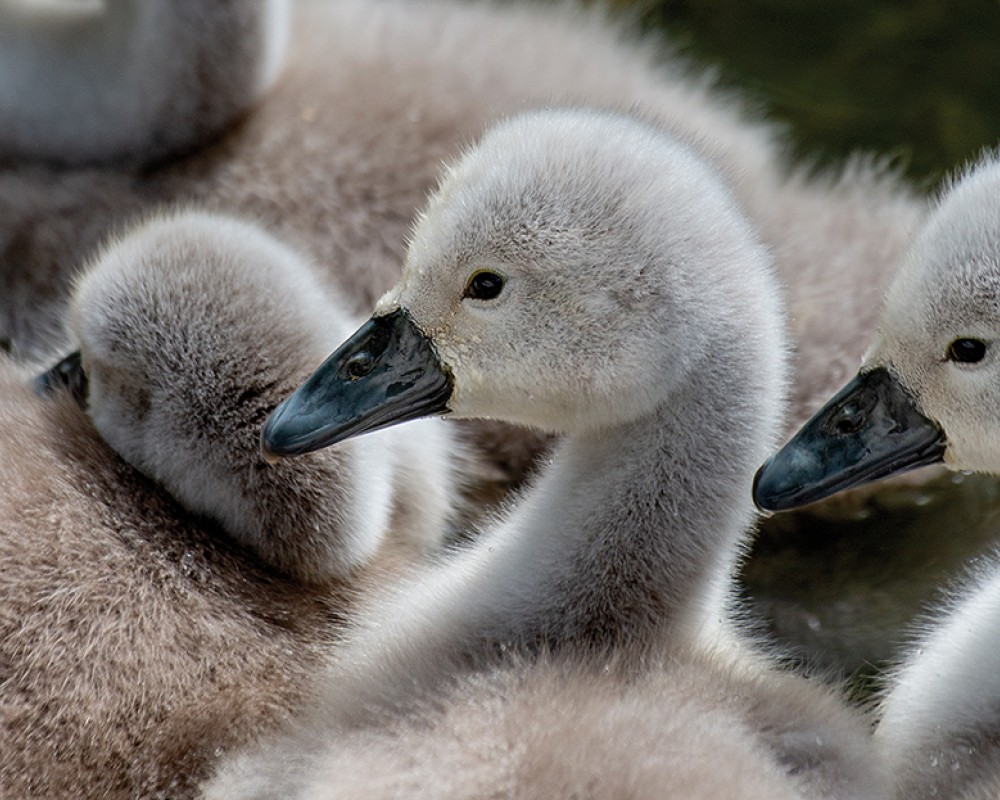
The Queen still holds ownership over all wild unmarked mute swans in open water, and uses those rights to ensure they’re protected...
Now, with spring in full swing, it’s the perfect time to spot a pair of swans with a cute cluster of cygnets.
“The male swans are called cobbs and the females are pens,” Bob explains. “Pens lay their eggs between April and June in a massive nest near water and away from disturbance. The eggs are huge and greenish white in colour and they’ll take just over a month to hatch.”
With their short necks and fluffy grey feathers, the sweet cygnets that emerge are perfect candidates for the ugly duckling of the famous fairy-tale. Both parents are devoted to the hatchlings, and cobbs are known for being territorial and extremely protective of them.
“Whilst nesting and having young they can become more aggressive,” says Bob. “If they feel threatened, they’ll hiss and flap their powerful wings to intimidate anyone who gets too close. But I don’t think they’re capable of breaking someone’s arm - that’s just a common myth.”
As the days get warmer and we reach the heart of spring, there couldn’t be a better time to see a striking pair of swans gliding along our county’s waters with their hatchlings. It’s an amazing and heart-warming sight to behold, and one of the many wonders of the season.
Both fabulous and fascinating, mute swans are an enchanting element of nature and an important part of our history. If you take a riverside stroll this spring, you’ll almost certainly spot some of these brilliant birds foraging for food in the sunshine, and if you’re lucky you may catch a glimpse of some delightful little cygnets.
In Norfolk we’re blessed with a wealth of amazing wildlife, so you’re guaranteed to see something wonderful. Wherever you go.
